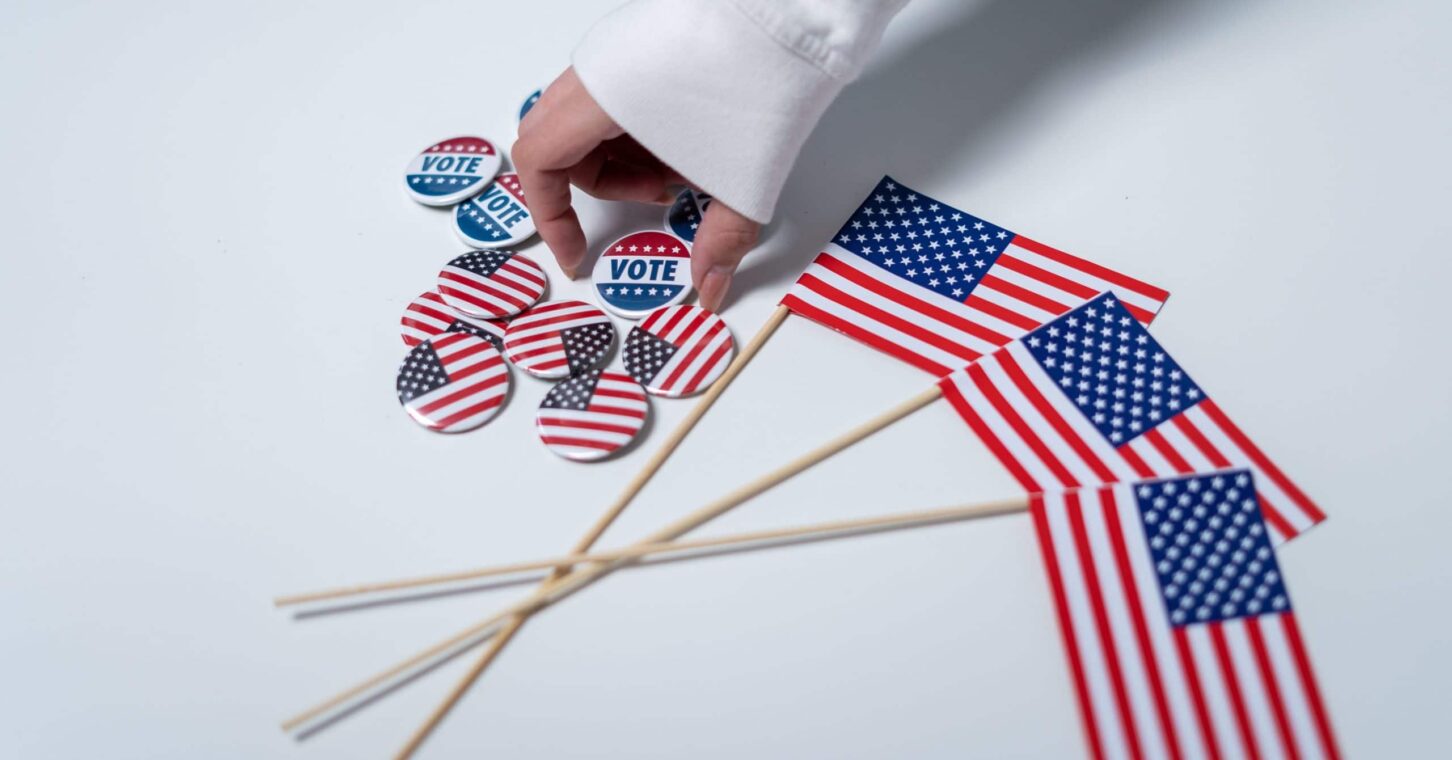
A funny thing happened on the way to Georgia’s widely predicted disenfranchisement of its voters: Voter turnout increased.
In last month’s primary elections, turnout was more than 50% higher than in the previous midterm election of 2018. It was very nearly as high as in the 2020 primary, even though presidential primaries tend to attract far more voters. Although that 2020 primary was conducted during a pandemic, it was also the year every registered voter received an absentee ballot request form due to Covid concerns.
Turnout surged this year, then, either despite or because of the much-debated election reform the General Assembly passed in 2021. Critics of that bill are at pains to explain why voter suppression nonetheless is still afoot. Let’s review some of the more prominent explanations, all coming from various national commentators:
Claim: There can still be voter suppression despite higher turnout.
While technically possible, this seems highly unlikely. If the turnout increase were slight, that argument might be more persuasive. But we are talking about hundreds of thousands of additional voters compared to 2018.
Likewise, early voting numbers were higher than usual, and lines on Election Day were reported to be manageable. There’s just no evidence presented so far to back this claim.
On the contrary, turnout may have soared this year because it’s easier to vote in some important ways. In 2018 Georgia had no drop boxes for absentee ballots; this year there were some, even if they were more limited than in 2020. Georgia’s early voting period remains lengthy compared to many other states. The law actually expanded opportunities for counties to host weekend in-person voting.
Claim: Turnout surged because people were mad about the voting law.
We can’t rule this out. If it’s true, the Republicans who passed the law may need to worry about November.
But if it is true, doesn’t it undermine the narratives about the law that spurred people to vote? If people got mad upon hearing that the new law would make it harder to vote, and they voted in larger numbers as a result, doesn’t that disprove the narratives that made them mad? Otherwise, wouldn’t we have evidence of lots of Georgians who tried to vote and couldn’t, rather than higher turnout?
Claim: Turnout was higher despite the law, because competitive races motivated people to vote anyway.
OK, but some of the same counter-arguments from above still apply: Whatever people‘s motivations for voting last month, the point is they were able to vote.
But this particular claim is particularly suspect. In 2018, both major parties had competition in their gubernatorial races. Although Stacey Abrams won her two-person race with 76% of the vote, raising questions about how competitive that race truly was, that’s barely more than the 74% Brian Kemp won this year against a larger field including a former U.S. senator — raising the same questions. There was also a U.S. Senate race this time, but it was a walk in the park for both incumbent Raphael Warnock and Republican Herschel Walker.
By contrast, in 2018 the top three statewide races on the GOP side went to runoffs, along with one lower-profile statewide race for Democrats. That suggests a high degree of competitiveness — at least as high as this year, when there will be no GOP runoffs for statewide offices and a handful for mostly lower-profile races on the Democratic side.
Claim: Turnout may have been higher in the primary, but that’ll change in November when the races feature Republicans against Democrats.
This is fairly nonsensical — the law isn’t going to change between now and November. But it’s the one claim we can’t disprove, because it isn’t November yet.
With highly anticipated races for governor and U.S. senator on the fall ballot, lower turnout than four years ago seems unlikely. But without a crystal ball at hand, we will just have to wait and see what happens.
